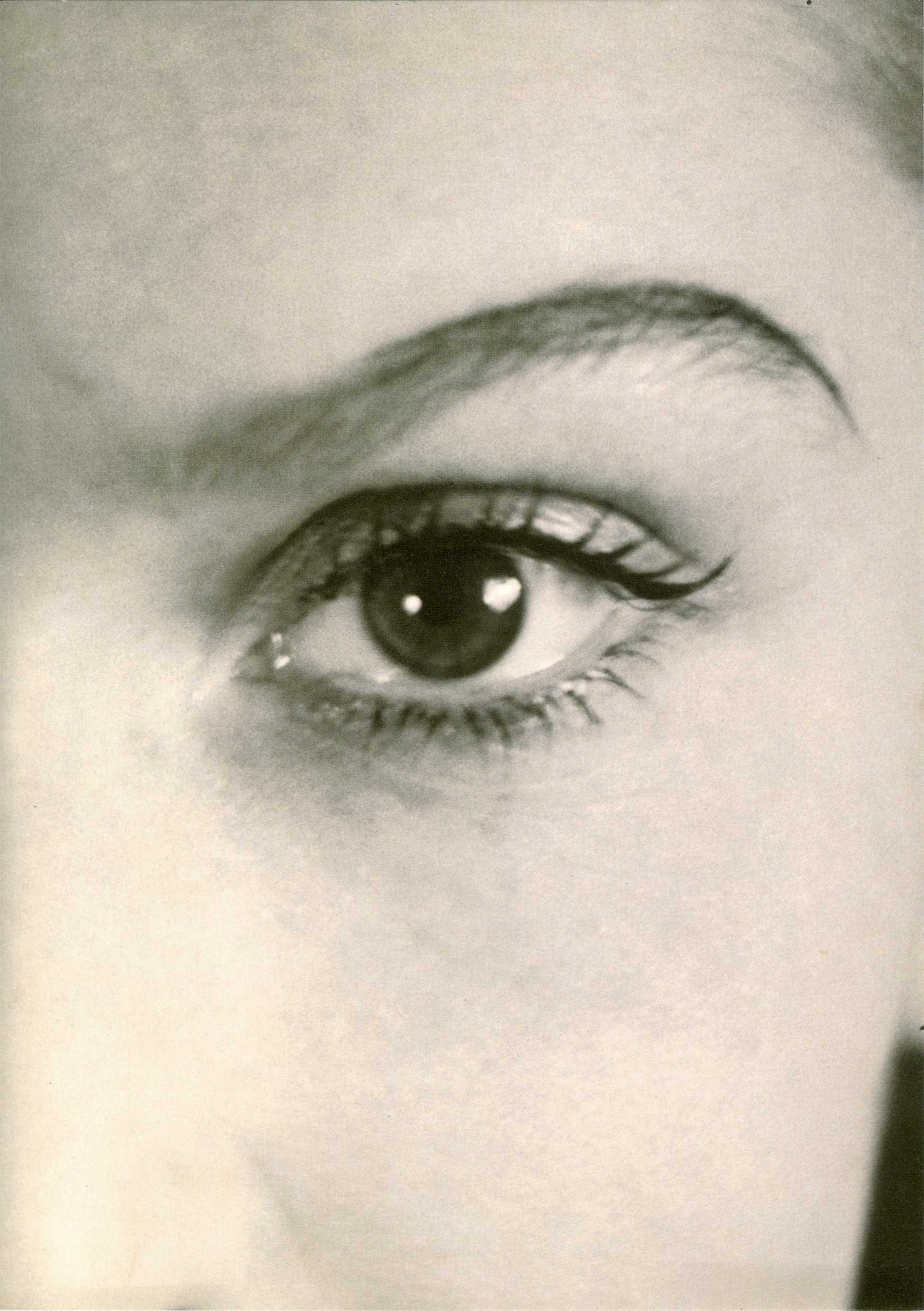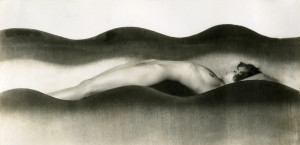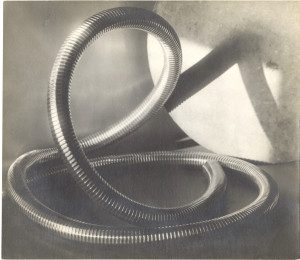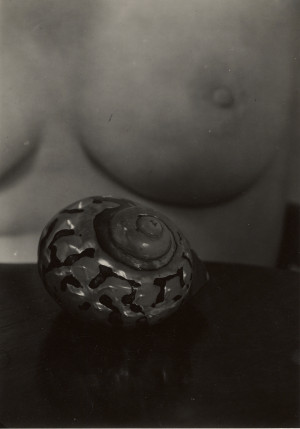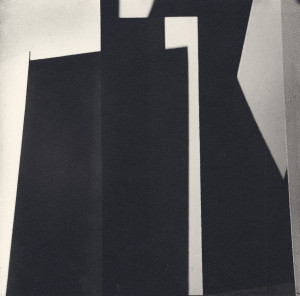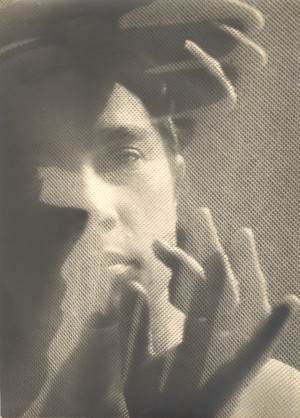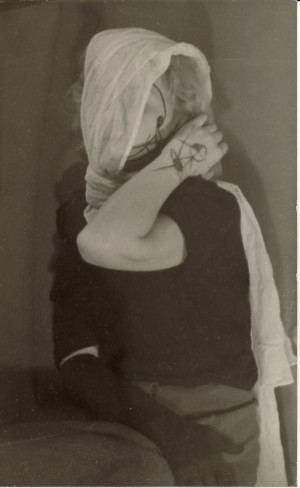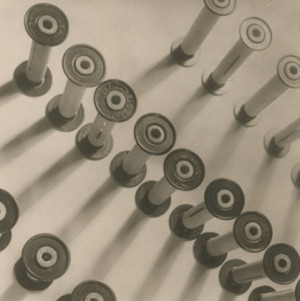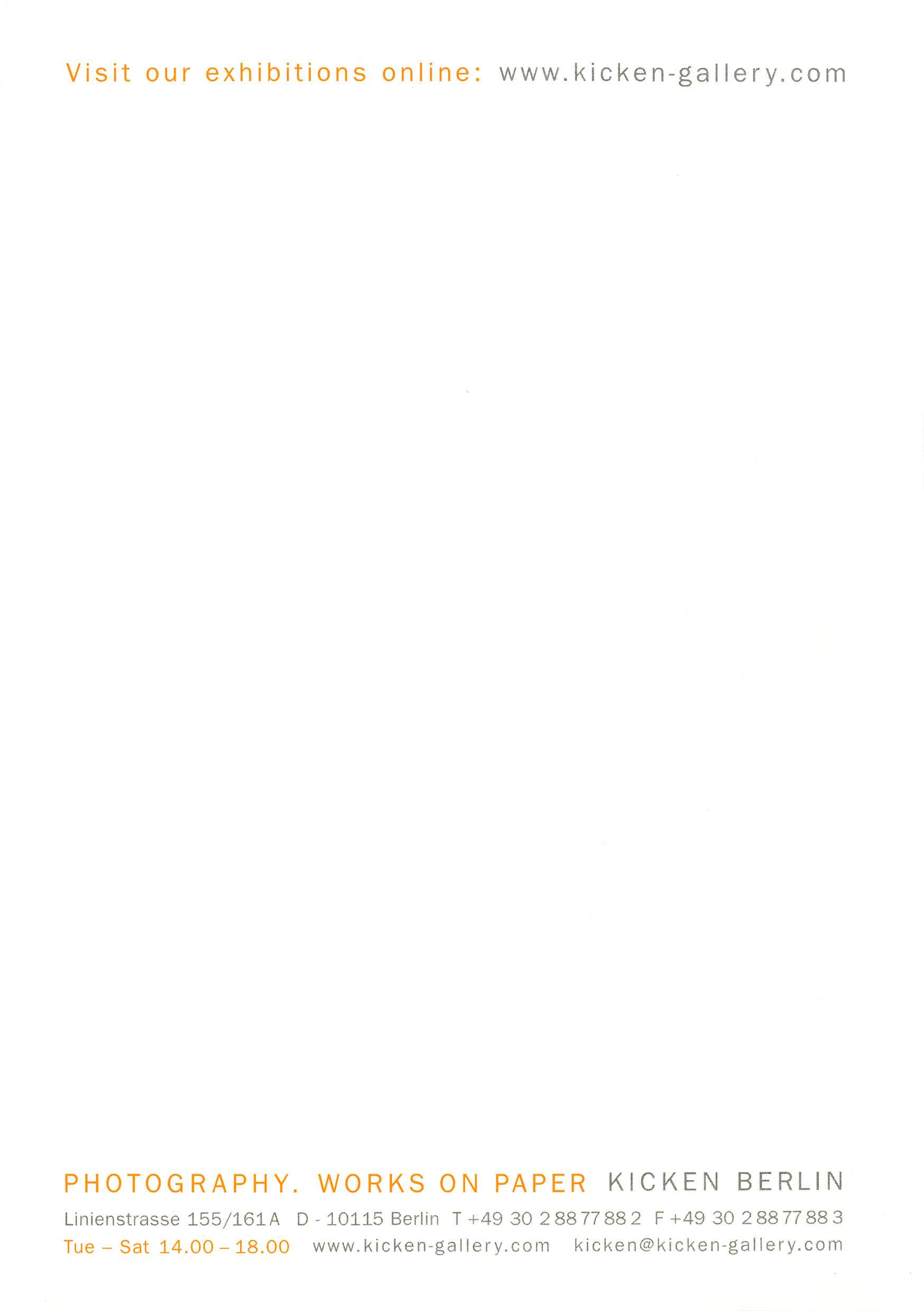Czech Vision
EXHIBITION Jun 23 — Jul 28, 2007
Exhibition Text
"CZECH VISION" presents the fascinating spectrum of Czech avantgarde photography in an exclusive collection of photographs by well-known and jet to be discovered Czech photographers working in the period between World War I and the start of the communist regime in 1948. The exhibition brings to light an aspect of photo history that until now has not received its just recognition.
The emancipation of the Czech Republic from Hapsburg Austria at the turn of the 20th century had a noticeable effect on the arts, including freeing itself from the provincialism of nationalistic themes, and sentimental romanticism became a thing of the past. Prague advanced as the second hotbed of cubism and surrealism after Paris.
Czechoslovakia was a melting pot; Czechs lived alongside Slovakians and Germans, Hungarians and Poles. The newly evolving avant-garde photography was very open to international influences. Artists were intrigued with "Neue Sachlichkeit" (New Objectivity). The Bauhaus photographic style was reflected in the use of clever framing, diagonal compositions, views from above and below, and in the use of photograms. László Moholy-Nagy gave lectures in the Czech Republic; avant-garde journals printed images by Albert Renger-Patzsch and Aenne Biermann as well as works by Alexander Rodchenko and other Soviet Constructivists. The French influence was reflected in the enthusiastic reception of works by Eugène Atget and Man Ray.
Czech photography absorbed and filtered these influences, contemplated and transformed them, allowing its practitioners to create a unique visual language that reflected the modernist ideals of the time. There is something about Czech photography that distinguishes it from all other intentional styles and movements: a hidden strength, a poetry verging on darkness, a respect for formal austerity, and the exceptional beauty of what are, in the end, common themes and objects.
The works exhibited in "CZECH VISION" illustrate the creative quality of the Czech avant-garde, one of the most important and original branches of 20th century European art. Some of its biggest names continue to have a strong impact today including František Drtikol (1883-1961), Jaromír Funke (1886-1945), Josef Sudek (1896 –1976) und Jaroslav Rössler (1902-1990).
František Drtikol gained international recognition early in his career. His work cannot be assigned to any particular stylistic approach. His life-long theme was women. For Drtikol, the female body was not only an aesthetic and erotic object, myth, and symbol, it also represented the embodiment of the human soul. He transformed his subjects into mystical figures with his sophisticated use of light.
Josef Sudek was the poet of the Czech avant-garde. His work (Sudek always worked in series) reflects nearly the entire scope of modernism and expresses his love of Prague. His still lifes – drinking glasses, bread, eggs – are camera-condensed compositions of light. His landscapes and architectural photographs open up a fresh vision of the world. Sudek was also a close friend of Jaromír Funke´s, a photographer whose work united intellect and instinct. The still life was his field of experimentation. He began by working with geometric forms and their shadows and eventually placed the objects so far outward that they were beyond the visible frame and could be perceived photographically only as a non-figurative play of shadows. His work was made in direct response to Man Ray’s Rayograms. In contrast to Man Ray’s work, Funke remained convinced of the need to use a camera to create his imagery. Much of his work from the 1920’s displays what is considered the most radical implementation of Neue Sachlichkeit and Constructivist principles.
Jaroslav Rössler entered photography by becoming Drtikol’s assistant. He worked in the 1920’S and 1930’s in Paris, bringing back with him distinctively poetic images of the Eiffel Tower and animated street scenes. He developed the “photolith”, a photographic process similar in method to watercolor painting that creates a surrealistic effect. Always on the search for new photographic possibilities, Rössler was a tireless experimenter in the darkroom.
Eugen Wiškovský, Jan Lauschmann, Václav Zykmund are three names that will become inseparable from their work for anyone who visits the exhibition. Many of the prints were recently discovered in hidden or forgotten archives.
Similar recently discovered images will be shown together with well-known works also in the exhibition "Foto: Modernity in Central Europe 1918-1945", presented at the National Gallery of Art in Washington from June 10th to September 3rd, 2007. This show takes a new look at European avant-garde photography in its entirety. The fact that this show will not be shown in Germany was one motivating factor behind Kicken Berlin´s decision to present "CZECH VISION" at their gallery. The Howard Greenberg Gallery will show "CZECH VISION" from October 18th, 2007 (parallel to the NYC exhibition of
"Foto" at the Guggenheim Museum) in their New York rooms.
To accompany the exhibition, the Hatje Cantz publishing house is issuing a magnificent book of photographs edited by Howard Greenberg and Annette and Rudolf Kicken, "CZECH VISION: Avantgarde Photography in Czechoslovakia". This large format publication is a collection of approximately 200 master works by over 40 photographers. (Susanne Grieshaber)
